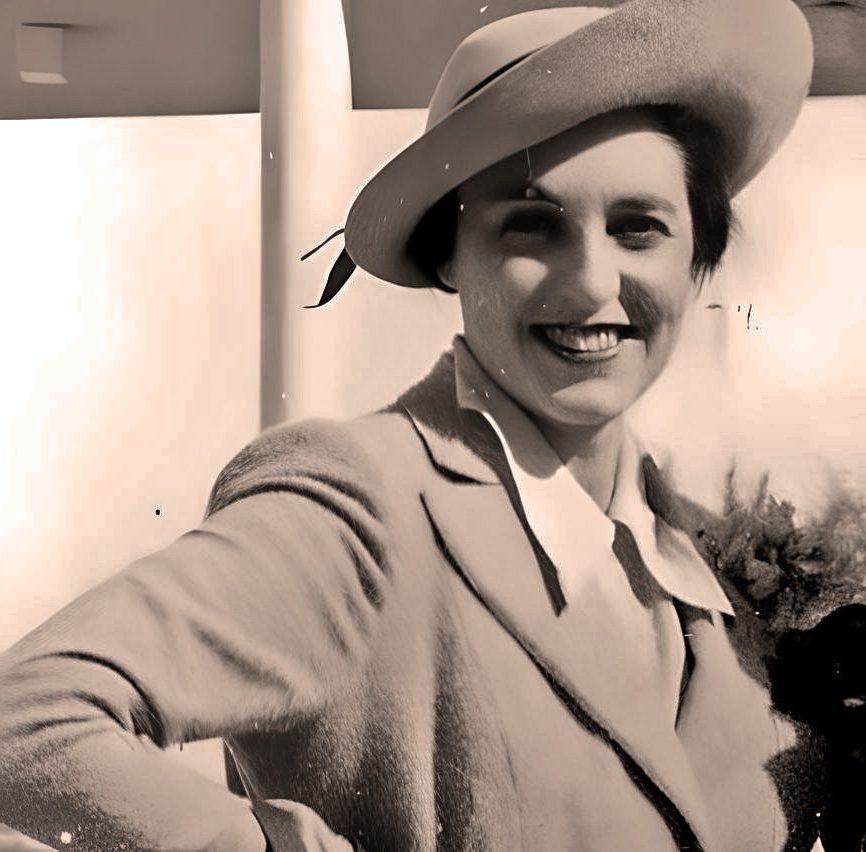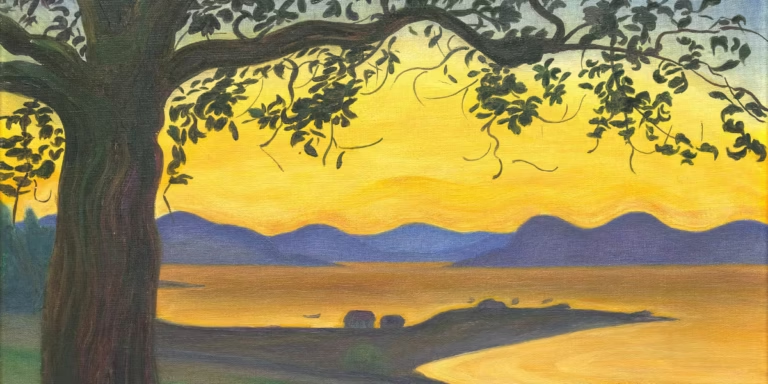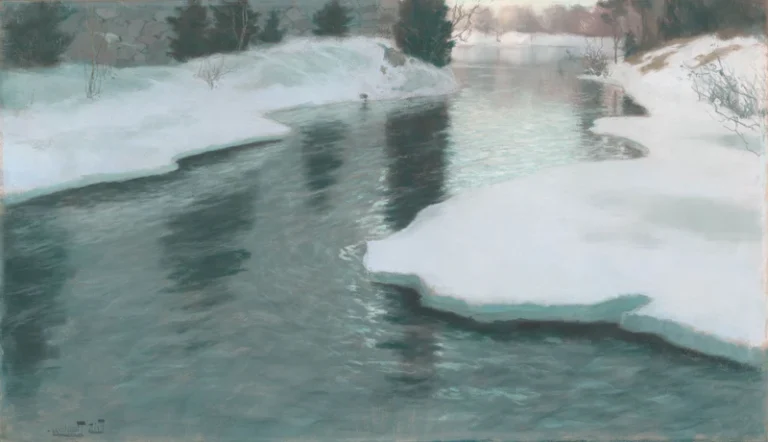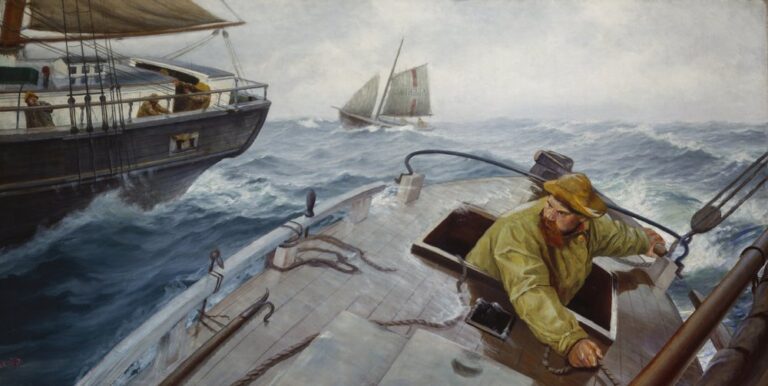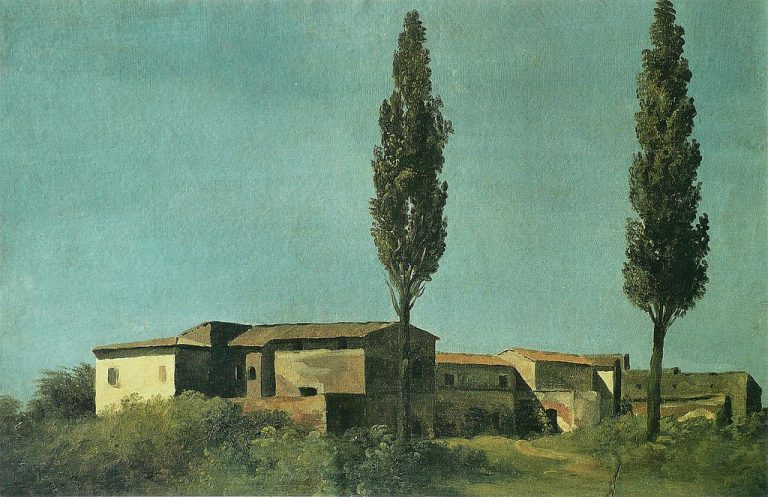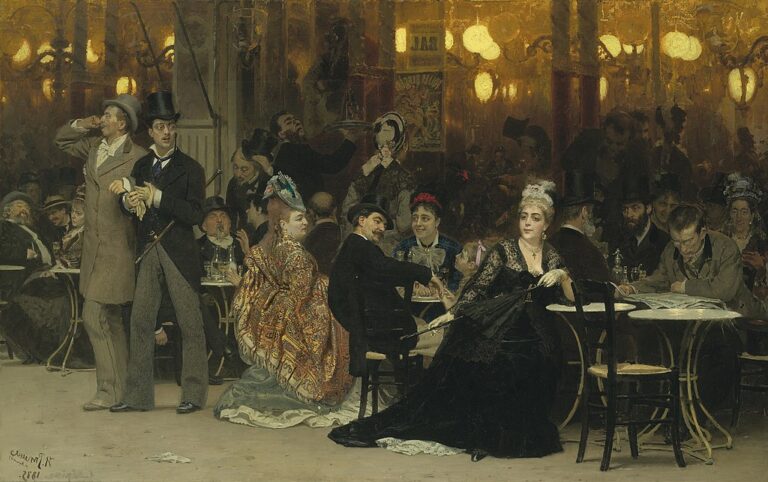Benedetta Cappa Painter: Italian Futurist Artist of the Early 20th Century
Born: 14 August 1897, Rome, Italy
Death: 15 May 1977, Venice, Italy
Art Movement: Futurism
Nationality: Italian
Influenced By: Růžena Zátková
Teacher: Giacomo Balla
Benedetta Cappa Painter: Italian Futurist Artist of the Early 20th Century
Early Life and Background
Benedetta Cappa was born in Rome on August 14, 1897. She grew up in a cultured Italian family that shaped her artistic interests from a young age.
Family and Education
Benedetta’s parents, Amalia and Innocenzo Cappa, provided a supportive environment for her creative pursuits. She attended Vittoria Colonna High School in Rome, where she showed early talent in art and writing.

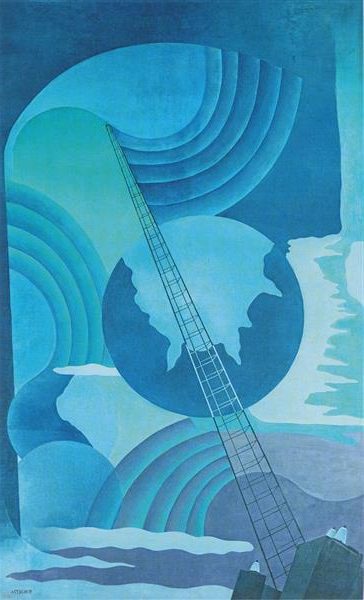
After high school, Benedetta enrolled at the Universita Degli Studi Di Roma to further her education.
During her studies, she explored various forms of artistic expression. This included poetry, drawing, and painting.
Her time at university helped refine her skills and broaden her artistic vision.
Influence of Italian Culture
Growing up in Rome exposed Benedetta to Italy’s rich cultural heritage. The city’s art, architecture, and history sparked her imagination.
She often visited museums and galleries, drawing inspiration from both classical and modern works.
Italian literature also played a key role in shaping Benedetta’s artistic sensibilities. She was particularly drawn to avant-garde movements that were gaining momentum in the early 20th century.
This cultural backdrop set the stage for her later involvement with the Futurist movement.
Benedetta’s early experiences in Rome laid the foundation for her future as an artist. They instilled in her a deep appreciation for Italian culture and a desire to push artistic boundaries.
Artistic Career
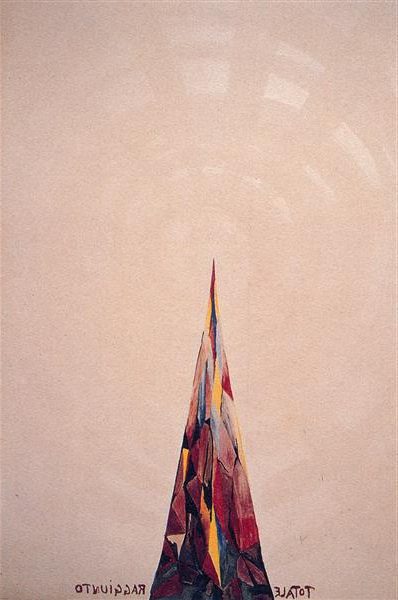
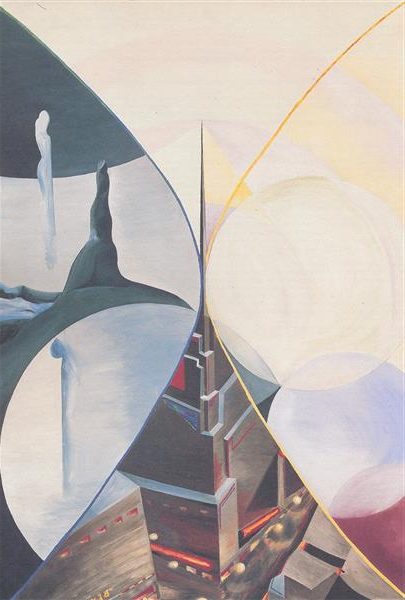
Benedetta Cappa’s artistic journey was deeply intertwined with Italian Futurism. She created notable works and made significant contributions to the movement.
Emergence in Italian Futurism
Cappa began her artistic journey in Rome at Giacomo Balla’s studio. She quickly stood out for her talent and unique style.
In 1918, she met F.T. Marinetti, a key figure in Futurism, who later became her husband.
Cappa adopted the single name “Benedetta” as her artistic signature in 1924. This marked her full immersion into the Futurist movement.
Her early works showed a strong influence of Futurist ideals. She focused on themes of speed, technology, and modernity.
Notable Works and Collaborations
Cappa’s painting “Velocità di Motoscafo” (Motorboat at Full Speed) gained recognition in 1924. It was shown at various Futurist exhibitions and the 1926 Venice Biennale.
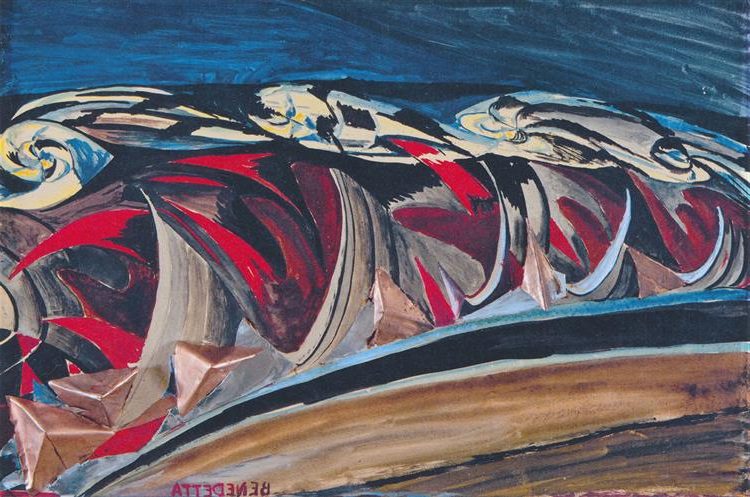
Lights + Sounds of a Night Train (1924)
She also created “Luce” (Light), a series of large-scale murals for the post office in Palermo. These works showcased her skill in Aeropittura, a Futurist style focusing on aerial views.
Cappa’s talents extended beyond painting. She wrote “Romanzo Astratto con Sintesi Grafiche” (Abstract Novel with Graphic Syntheses), blending literature and visual art.
Contribution to Futurist Movement
Cappa played a crucial role in shaping the second phase of Italian Futurism. She brought a unique feminine perspective to a male-dominated movement.
Her work in Aeropittura helped push Futurism in new directions. She explored themes of spirituality and cosmic energy in her paintings.
Cappa also contributed to Futurist literature and performance art. Her multidisciplinary approach enriched the movement’s scope and impact.
Her involvement in Futurism lasted well into the 1930s. She helped keep the movement alive and evolving during a challenging political period in Italy.
Legacy and Impact
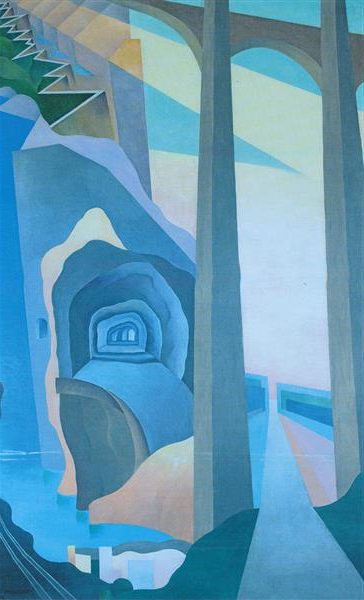
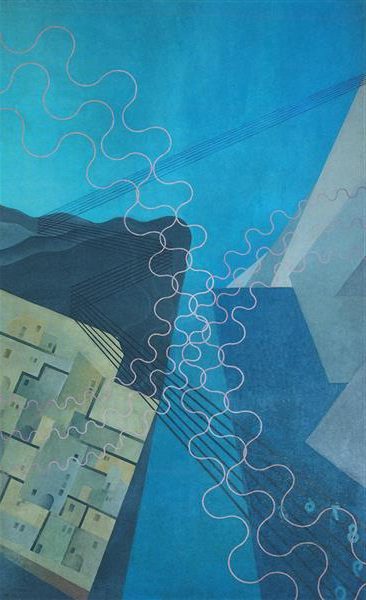
Benedetta Cappa left a lasting mark on Italian art and Futurism. Her work gained recognition long after her death through major exhibitions and influenced later artists.
Exhibitions and Retrospectives
The Walker Art Center in Minneapolis held a career survey of Cappa’s art from November 1998 to February 1999. This was the first major retrospective of her work.
The Solomon R. Guggenheim Museum in New York City also featured Cappa’s art in a retrospective. These exhibitions brought new attention to her paintings and writings decades after her death in 1977.
Influence on Modern Art
Cappa’s unique blend of Futurist ideas and focus on maternity challenged established views within the movement. Her emphasis on women’s natural artistic abilities opened up new perspectives in Italian art.

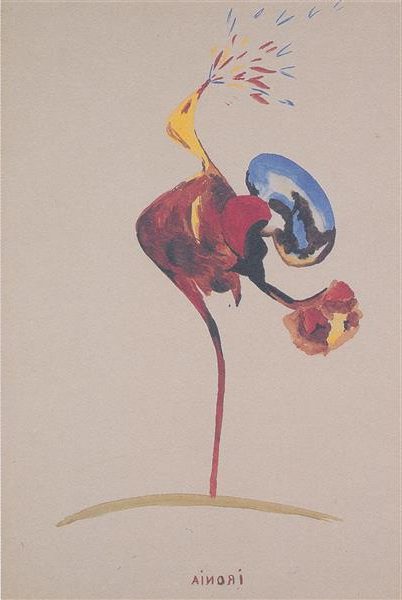
Cappa’s work bridged Futurism with later 20th century art styles. Her abstract paintings and interest in spirituality influenced some Abstract Expressionist artists.
Cappa’s legacy continues to spark interest among art historians studying women’s contributions to Modern art movements.
Frequently Asked Questions
Benedetta Cappa was a key figure in Italian Futurism. Her unique painting style and contributions to the movement shaped early 20th century art.
Who was Benedetta Cappa and why is she notable in art history?
Benedetta Cappa was an Italian artist born in 1897. She gained fame as a painter, writer, and prominent member of the Futurist movement.
Cappa studied under Giacomo Balla, a leading Futurist artist. Her work helped define Futurism in the 1920s and 1930s.
What are the main characteristics of Benedetta Cappa’s painting style?
Cappa’s style featured bold colors and dynamic forms. She often depicted motion and speed in her paintings.
Her work blended traditional and modern elements. Cappa experimented with different materials and techniques in her art.
Can you list some of Benedetta Cappa’s most influential works?
Some of Cappa’s notable works include “Velocità di motoscafo” and “Sintesi delle comunicazioni radiofoniche”.
She also created large-scale murals for public buildings. These pieces showcased her talent for combining art and architecture.
How did Benedetta Cappa’s work contribute to the Futurism art movement?
Cappa helped expand Futurism beyond its early focus on machines and industry. She brought a more spiritual and cosmic element to the movement.
Her paintings explored themes of communication and energy. This approach added new depth to Futurist ideas.
What was Benedetta Cappa’s relationship with fellow artist Filippo Tommaso Marinetti?
Cappa married Filippo Tommaso Marinetti, the founder of Futurism, in 1923. Their partnership was both personal and artistic.
Together, they promoted Futurist ideals through art and writing. Cappa’s work gained more recognition through this connection.
How has Benedetta Cappa’s work been received and interpreted in modern times?
In recent years, there’s been renewed interest in Cappa’s art. Scholars now view her as a major figure in Italian modernism.
Exhibitions have showcased her contributions to Futurism. This has helped bring her work to a wider audience.


